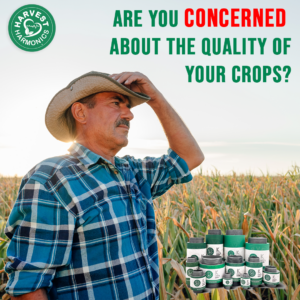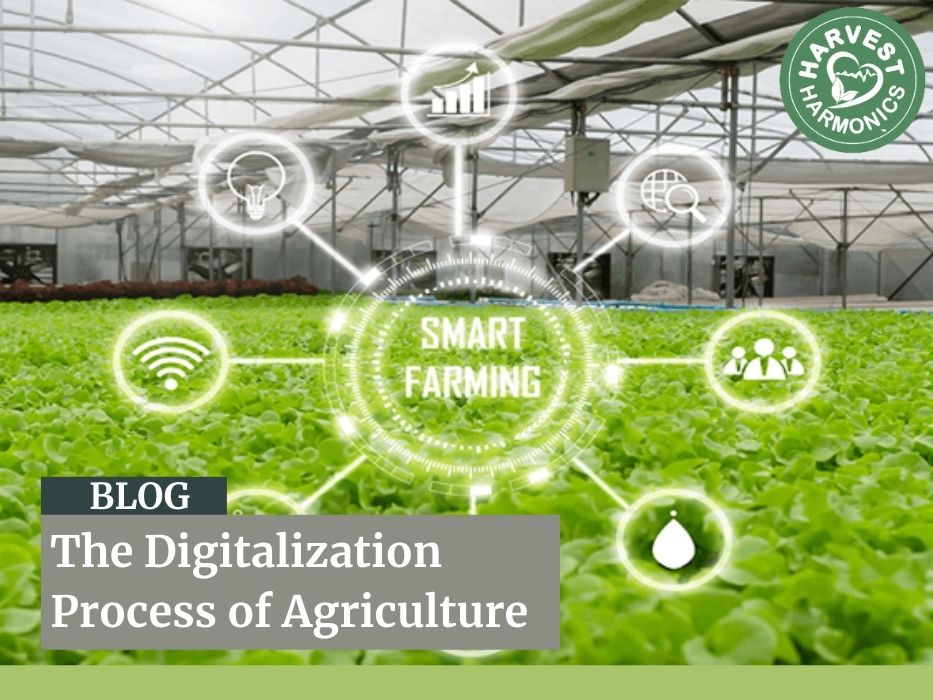
The Digitalization Process of Agriculture
In recent years, technology has allowed digitization in all work areas. The primary sector is no stranger to technological changes and has also been immersed in digitization.
The digitization of agriculture was born in order to save and improve the handling, management, parameterization and quality of life in general for farmers. In this post we are going to see how digitization in agriculture...
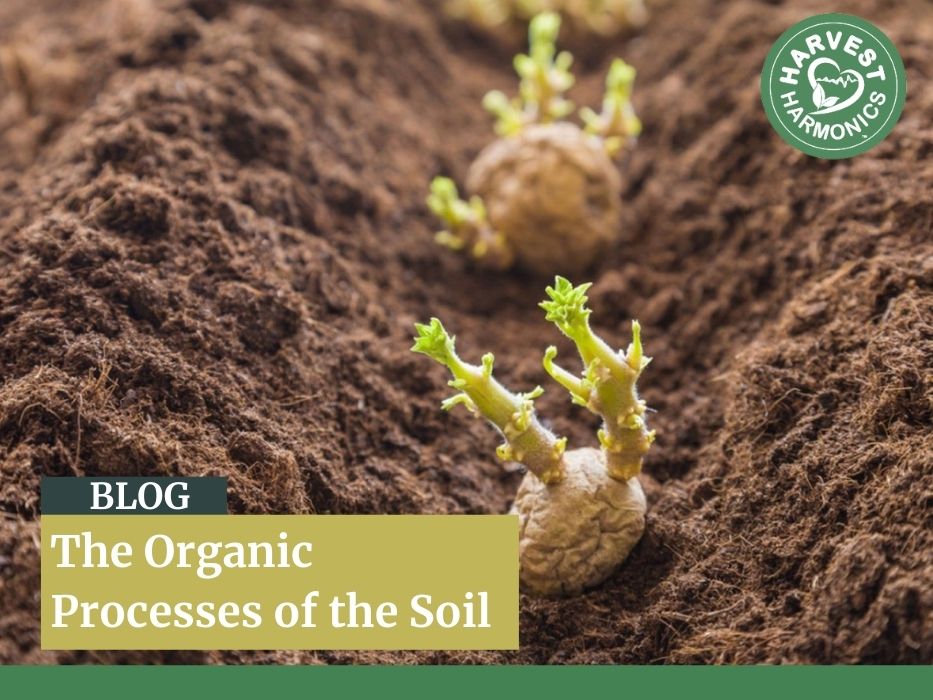
The Organic Processes of the Soil
Soils are characterized by being poor in nutrients or presenting deficiencies in some of them, so the maintenance of high levels of organic matter contributes through biological cycles, to constitute a biodeposit of nutrients, as well as to contribute to the capacity of cation exchange.
The productivity of a sustainable agricultural system is closely linked to the magnitude and efficiency of...
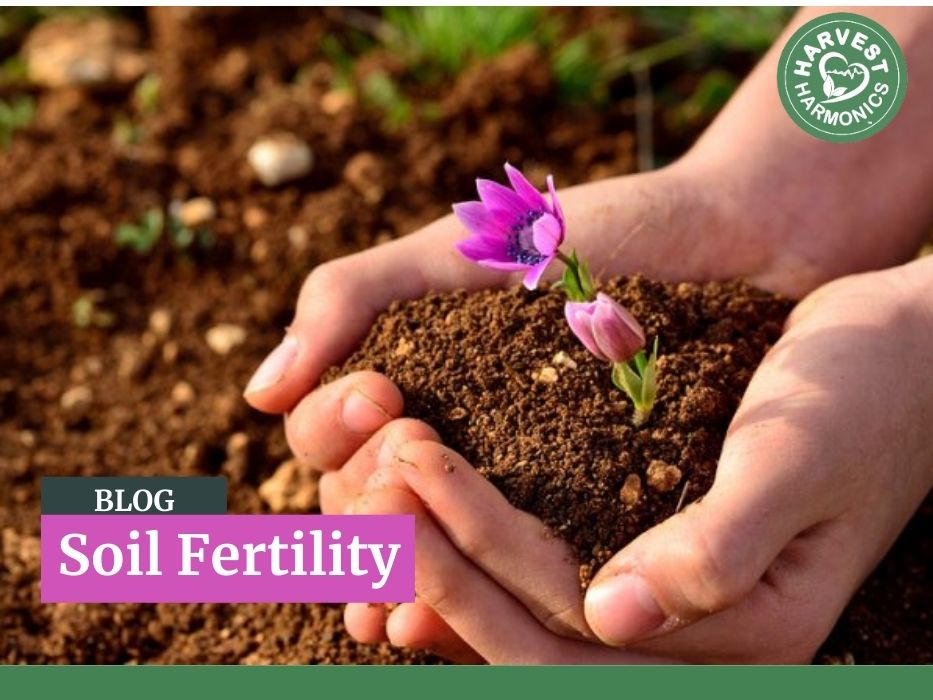
Soil Fertility
Three nutrients are recognized from the quantitative point of view as main: nitrogen (N), phosphorus (P) and potassium (K), followed by sulfur (S), calcium (Ca) and magnesium (Mg) as secondary elements and another group of which plants need only small amounts and are known as trace elements; iron (Fe), zinc (Zn), manganese (Mn), copper (Cu), boron (B) and molybdenum (Mo).
For the metabolic...
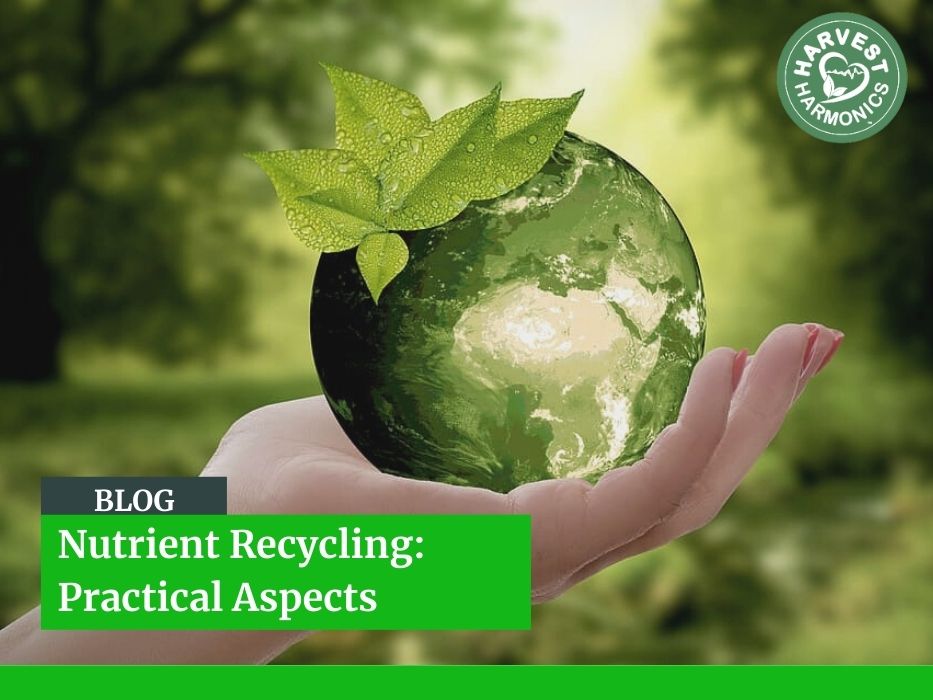
Nutrient Recycling: Practical Aspects
The soil system is complex, dynamic and diverse, in it are mineral substances, gaseous elements and a large number of living and decomposing plant and animal organisms.
Soil organic matter influences almost all important properties that contribute to soil quality, despite representing a small percentage of the weight of most soils (1% – 6%). The quality and quantity of organic matter can...
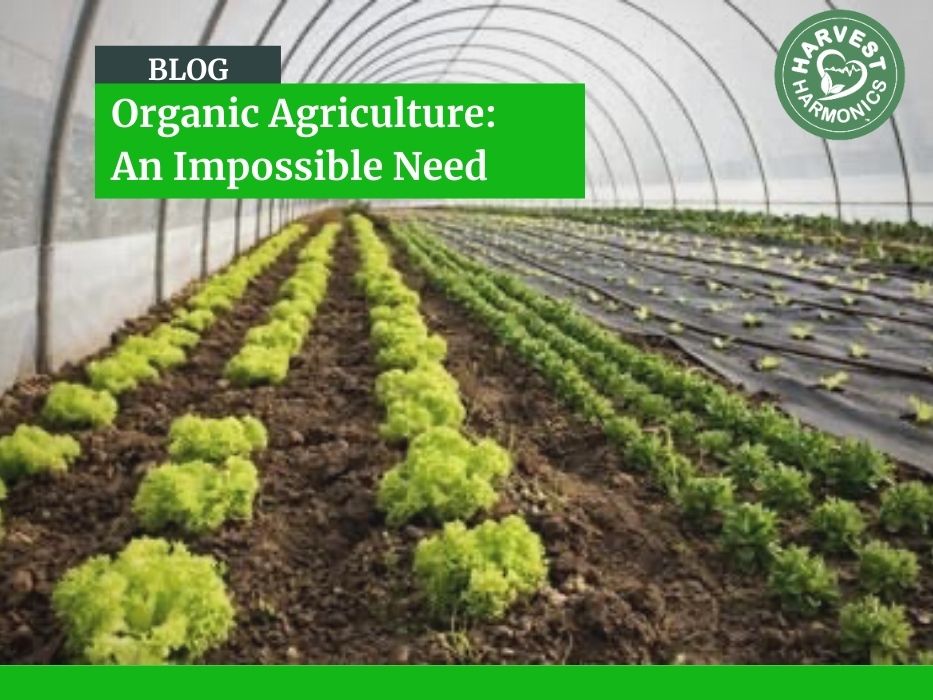
Organic Agriculture: An Impossible Need
Among the most significant demands and mandates that are being received by research institutions, technology transfer centers, municipal organizations, non-governmental organizations and international cooperation agencies, is the development and transfer of appropriate technology. for food production in cities or their peripheries. Within this context, the generation and application of...

Organic Fertilizers Vs Chemical Fertilizers
Plants and crops need nutrients for their proper development and optimal crop performance. These nutrients are taken from the air through the leaves (CO2 and O2) and, mainly, from the soil through the roots (macronutrients: N, P, K, Ca, Mg, S and micronutrients: Fe, Mn, Zn, Cu, B…). For a soil or substrate to have and provide all the nutrients that the plant needs, it is necessary to fertilize...

Agricultural Applications of Efficient Microorganisms
For the action of microorganisms to be efficient, environmental requirements must be known, including humidity, temperature and pH. There is a greater diversity of microorganisms in environments with a neutral pH between values of 6 to 8 and with temperatures between 15-45°C (50-113°F). The reproduction or inoculation of ME is carried out under anaerobic fermentation.
Several authors have...

Pesticide Poisoning of Humans
The estimates of poisonings and deaths made by the World Health Organization (WHO) and the United Nations over three decades dramatically reflect the growing tragedy that, for millions of people, particularly in southern countries, has signified the agricultural production model known as the green revolution. This crisis is deepening under the so-called new green revolution, based on...

Who is Mainly Responsible for Greenhouse Gas Emissions?
Where and from which sectors does the greatest amount of Greenhouse Gases, a key factor in Climate Change, originate? Report by Eng. Gustavo Oliverio of the Producir Conservando Foundation.
It is surprising to see how the issue of greenhouse gas (GHG) emissions linked to climate change and a direct connection with livestock activities, meat or dairy production is raised on a recurring basis....

The Importance of Amino Acids in Agriculture
It is an evidence that biostimulants for plants are on the rise and have come to the agricultural sector to stay, since this class of products has many benefits to contribute to agriculture and, in addition, they are respectful with the environment. In today’s post, we are going to specify the types of biostimulants in agriculture and we are going to explain each of them in detail....

